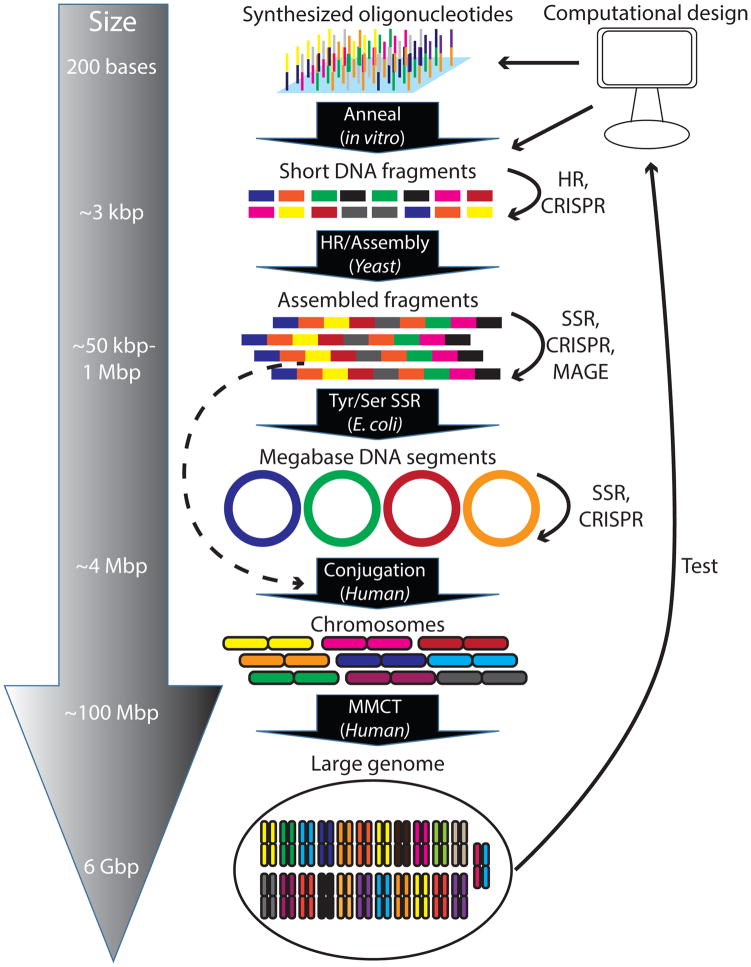Figure 5. A roadmap to building large genomes using a combination of de novo synthesis and genome editing.
Here, a hierarchical strategy is employed starting from short oligonucleotides (150 to 200 bases in length), which can be assembled into short DNA fragments ~3 kbp in size. Short DNA fragments would then be assembled into larger segments between 50 kbp and 1 Mbp in size. Segments ~4 Mbp in size can be built in bacteria or yeast and subsequently transferred into human cells using conjugation. These can then be built into segments up to ~100 Mbp in size and be transferred into recipient cells by microcell-mediated chromosomal transfer (MMCT). At each stage where a segment is built, genome-editing tools such as multiplex automated genome engineering (MAGE), CRISPR, homologous recombination (HR) and site specific recombinases (SSRs) can be utilized to make further edits from what was specified in the initial set of oligonucleotides.

